Brain tumors are a significant health concern, especially when they are malignant. Adults diagnosed with malignant brain tumors often face a difficult journey filled with uncertainty and anxiety. These tumors develop from abnormal cell growth in the brain. They can disrupt critical functions and rapidly impact a person’s quality of life.
According to recent data, malignant brain tumors account for about 2-3% of all cancers globally, with an estimated 250,000 new cases diagnosed each year. In India, around 30,000 new cases are reported annually, highlighting a pressing need for awareness and early intervention.
Understanding the types of malignant brain tumors in adults is crucial for proper diagnosis and treatment. Dr. Gurneet Singh Sawhney, regarded as one of the best neurosurgeon in Mumbai, emphasizes the importance of accurate diagnosis and timely intervention in managing malignant brain tumors. He mentions, “Each type presents unique challenges, and personalized treatment plans are essential for achieving the best possible outcomes.”
With over 18 years of experience, Dr. Gurneet Singh Sawhney is dedicated to providing comprehensive care and advanced treatment options for patients with malignant brain tumors. His expertise ensures patients receive the latest, evidence-based treatments designed to improve quality of life and survival rates.
Discover the best treatment options for malignant brain tumors. Consult with a specialist to discuss your condition and explore personalized treatment plans. Book an appointment.
Common Types of Malignant Brain Tumors in Adults
Glioblastoma: This is the most aggressive brain tumor. It grows quickly and invades surrounding brain tissue. Symptoms may include severe headaches, seizures, and cognitive issues.
- Gliomas: These are a group of tumors that originate from glial cells. They include astrocytomas, oligodendrogliomas, and ependymomas. Gliomas vary in grade and aggressiveness, with high-grade gliomas being more malignant.
- Astrocytoma: Originating from star-shaped brain cells called astrocytes, this tumor can vary in aggressiveness. Higher-grade astrocytomas, like glioblastomas, are more malignant and can spread rapidly.
- Oligodendroglioma: These tumors start in the cells that support nerve cells. They often grow slower than glioblastomas but can still be aggressive especially high-grade ones.
- Ependymoma: These tumors start in the ependymal cells lining the ventricles of the brain and spinal cord. They can be aggressive, particularly in high-grade forms, and may obstruct the flow of cerebrospinal fluid.
Meningioma: Though typically benign, some meningiomas can be malignant. They develop in the meninges, the protective layers around the brain. Malignant meningiomas can lead to significant neurological issues.
- Medulloblastoma: Though rare in adults, medulloblastomas are highly malignant. They usually originate in the cerebellum and may spread to other parts of the brain and spinal cord.
How Are Malignant Brain Tumors Diagnosed in Adults?
- Neurological Exam: Your doctor will assess your neurological function, including checking your reflexes, coordination, and cognitive abilities to identify any issues.
- Imaging Tests:

- Biopsy:
A biopsy involves removing a small sample of the tumor for examination under a microscope to determine whether it is malignant and to identify its type.
- Lumbar Puncture:

- Genetic Testing:
Sometimes, the doctor may recommend genetic tests to understand the tumor’s specific characteristics and guide treatment options.
By following these steps, your doctor will accurately diagnose the type and extent of the malignant brain tumor, allowing for a tailored treatment approach.
Stay informed about the diagnostic process. Consult with an expert to understand your condition and the next steps.
Treatment Options for Malignant Brain Tumors in Adults
When it comes to treating malignant brain tumors in adults, there are several options available. “The right treatment depends on the type, size, and location of the tumor, as well as the patient’s overall health, explains Dr. Gurneet Singh Sawhney, a distinguished neurosurgeon in Mumbai. The most effective options include:
- Surgical Resection:
The primary goal is to remove as much of the tumor as possible. Surgeons use advanced techniques to minimize damage to healthy brain tissue. The extent of resection depends on the tumor’s location and type.
- Debulking Surgery:
If removing the entire tumor isn’t feasible, debulking surgery can reduce its size. This helps to ease symptoms and makes other treatments more effective.
- Minimally Invasive Surgery:
Techniques like endoscopic surgery use small incisions and specialized tools for removing tumors. This approach reduces recovery time and minimizes damage to surrounding tissues.

For tumors in critical areas, surgeons may perform the procedure while you’re awake. This allows them to map brain functions and avoid areas responsible for essential functions.
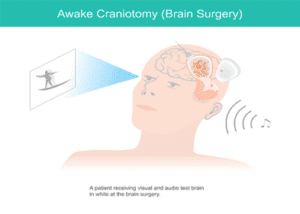
- Stereotactic Surgery:
This precise method uses imaging technology to target the tumor with high accuracy. It’s often used in conjunction with radiation therapy.
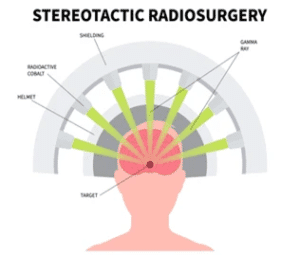
- Radiation Therapy
Uses high-energy rays to destroy cancer cells or shrink tumors. It’s often used when surgery isn’t an option or after surgery to target remaining cancer cells.

- Chemotherapy
Involves drugs to destroy or stop the growth of cancer cells. It’s usually given orally or through injections and can be used alone or alongside other treatments.

- Targeted Therapy
Focuses on the genetic changes in cancer cells. Drugs in targeted therapy can block the growth of these cells with minimal effect on healthy ones.
- Immunotherapy
Boosts your immune system to fight cancer. This treatment is particularly useful for recurrent brain tumors and works by helping your body recognize and destroy cancer cells.
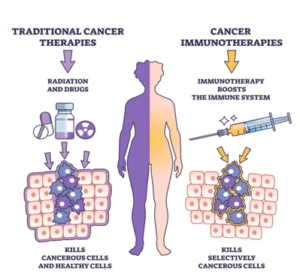
Conclusion
Understanding the types of malignant brain tumors in adults is crucial for effective management and treatment. Knowing the specifics about these tumors helps you make informed decisions about your care. With the guidance of experts like Dr. Gurneet Singh Sawhney, you can access personalized treatment plans tailored to your condition.
By staying informed and working with a specialist, you can confidently tackle the complexities of malignant brain tumors. Take charge of your health today and consult a professional to explore the best treatment options.
Frequently Asked Questions
1. What is the most aggressive type of brain tumor?
2. What are brain tumor warning signs?
3. Are malignant brain tumors common in older adults?
4. Can malignant brain tumors be cured?
Reference links:
https://www.webmd.com/cancer/brain-cancer/brain-tumors-in-adults
https://www.aafp.org/pubs/afp/issues/2016/0201/p211.html
Disclaimer: This page provides general information about malignant brain tumors in adults and does not aim to advertise or promote any specific treatments or services.

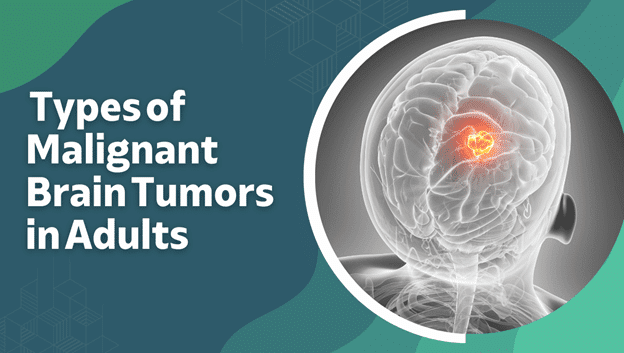
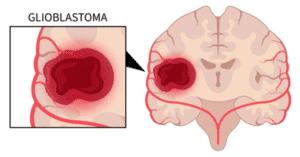 Glioblastoma: This is the most aggressive brain tumor. It grows quickly and invades surrounding brain tissue. Symptoms may include severe headaches,
Glioblastoma: This is the most aggressive brain tumor. It grows quickly and invades surrounding brain tissue. Symptoms may include severe headaches, Meningioma: Though typically benign, some meningiomas can be malignant. They develop in the meninges, the protective layers around the brain. Malignant meningiomas can lead to significant neurological issues.
Meningioma: Though typically benign, some meningiomas can be malignant. They develop in the meninges, the protective layers around the brain. Malignant meningiomas can lead to significant neurological issues.